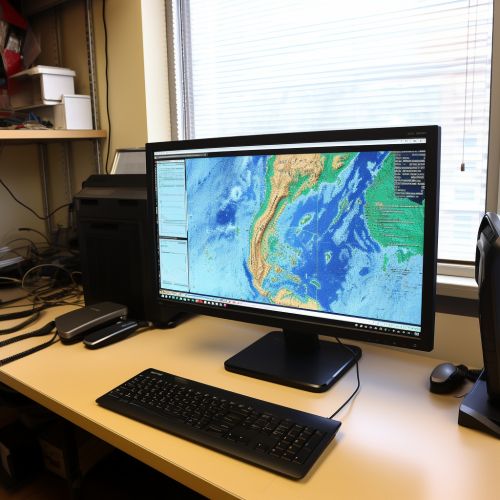The Role of Geostatistics in Predicting Drought Risk
Introduction
Geostatistics is a branch of statistics that deals with spatial or spatiotemporal datasets. It is a powerful tool in the prediction of drought risk, as it allows for the analysis of spatial patterns and relationships in climate data. This article will delve into the role of geostatistics in predicting drought risk, discussing its methodologies, applications, and limitations.
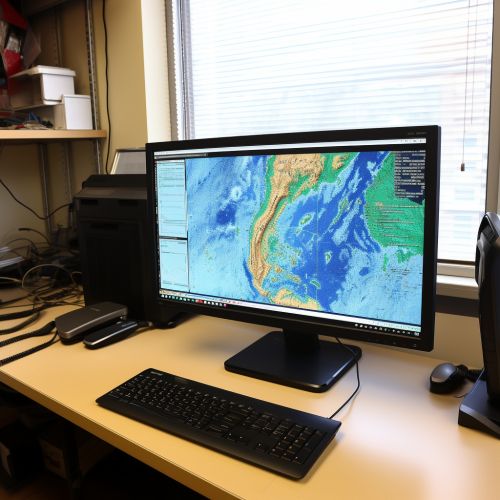

Geostatistics: An Overview
Geostatistics originated from the mining and petroleum industries, where it was used to estimate reserves and production potential. Today, it has found applications in a wide range of fields, including environmental science, agriculture, and climatology. The key principle of geostatistics is that spatial patterns are important and can provide valuable insights into the phenomena being studied.
Geostatistical Methods
Geostatistics employs a number of methods to analyze spatial data. These include:
Spatial Autocorrelation
Spatial autocorrelation is a measure of the degree to which a variable is correlated with itself in space. In the context of drought prediction, this could mean analyzing how rainfall amounts or temperatures at one location are related to those at nearby locations.
Variogram Analysis
Variogram analysis is a tool used to quantify spatial autocorrelation. It provides a measure of the spatial dependence of a variable, which can be used to model and predict its behavior.
Kriging
Kriging is a method of interpolation that uses variogram analysis to estimate the value of a variable at unobserved locations. It is commonly used in drought prediction to estimate rainfall or temperature values at locations where no measurements are available.

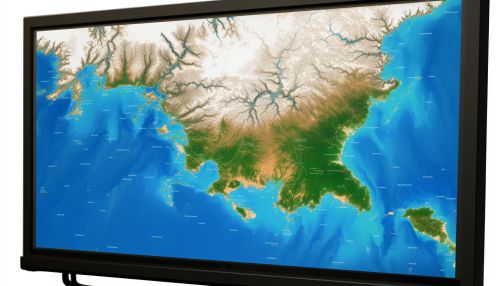
Application in Drought Prediction
Geostatistics plays a crucial role in predicting drought risk. It allows for the analysis of spatial patterns in climate data, which can provide valuable insights into the likelihood of drought conditions. This can be particularly useful in regions where climate data is sparse or unreliable.
Identifying Drought Prone Areas
One of the key applications of geostatistics in drought prediction is in identifying drought-prone areas. By analyzing spatial patterns in rainfall and temperature data, geostatistics can help identify regions that are more likely to experience drought conditions.
Estimating Drought Severity
Geostatistics can also be used to estimate the severity of a drought. This can be done by analyzing spatial patterns in soil moisture content, vegetation health, and other indicators of drought conditions.
Predicting Drought Duration
In addition to predicting the likelihood and severity of a drought, geostatistics can also be used to estimate its duration. This can be done by analyzing temporal patterns in climate data, such as rainfall and temperature trends.
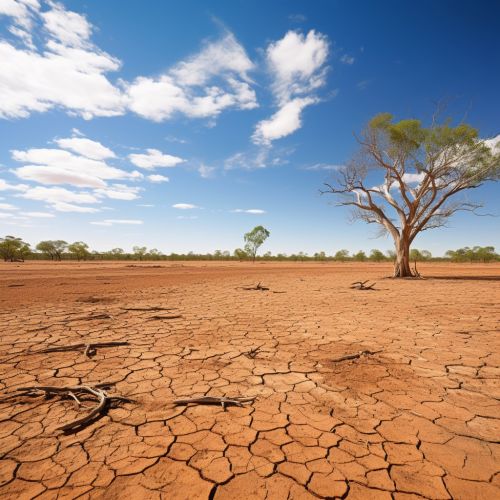
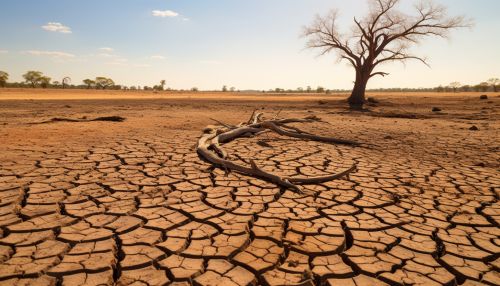
Limitations of Geostatistics in Drought Prediction
While geostatistics is a powerful tool in predicting drought risk, it is not without its limitations. These include:
Dependence on Reliable Data
The accuracy of geostatistical models is heavily dependent on the availability and reliability of spatial data. In regions where climate data is sparse or unreliable, the accuracy of geostatistical predictions may be compromised.
Assumption of Stationarity
Many geostatistical methods assume that the spatial patterns being analyzed are stationary, meaning they do not change over time. However, this is often not the case in climate data, where patterns can change significantly over time due to factors such as climate change.
Difficulty in Capturing Complex Spatial Patterns
While geostatistics is effective in capturing simple spatial patterns, it can struggle to accurately model more complex patterns. This can limit its effectiveness in predicting drought risk in regions with complex climate dynamics.
Conclusion
Despite these limitations, geostatistics remains a powerful tool in predicting drought risk. By allowing for the analysis of spatial patterns in climate data, it provides valuable insights into the likelihood, severity, and duration of drought conditions. As climate data becomes more reliable and comprehensive, the role of geostatistics in drought prediction is likely to become even more significant.
